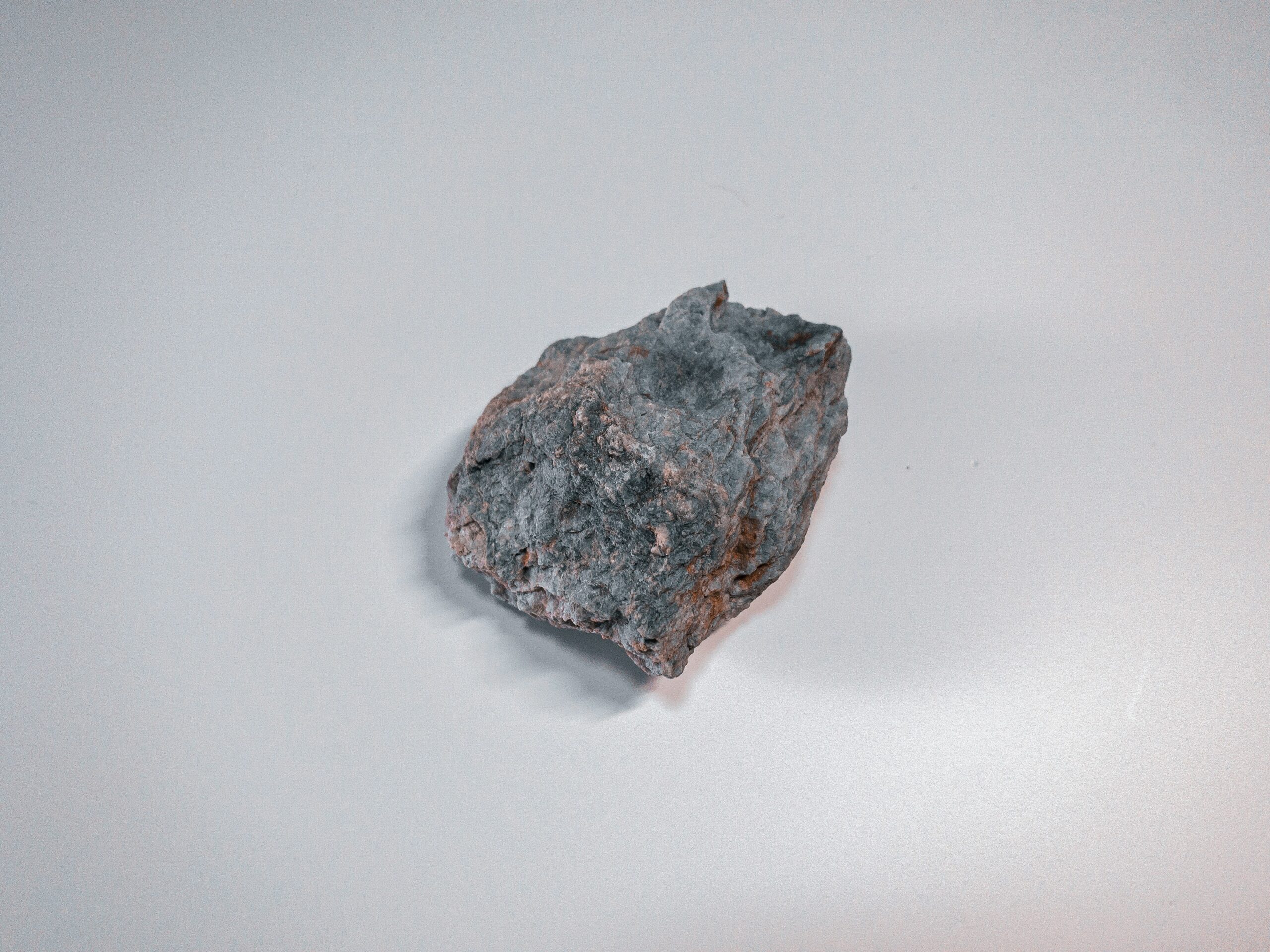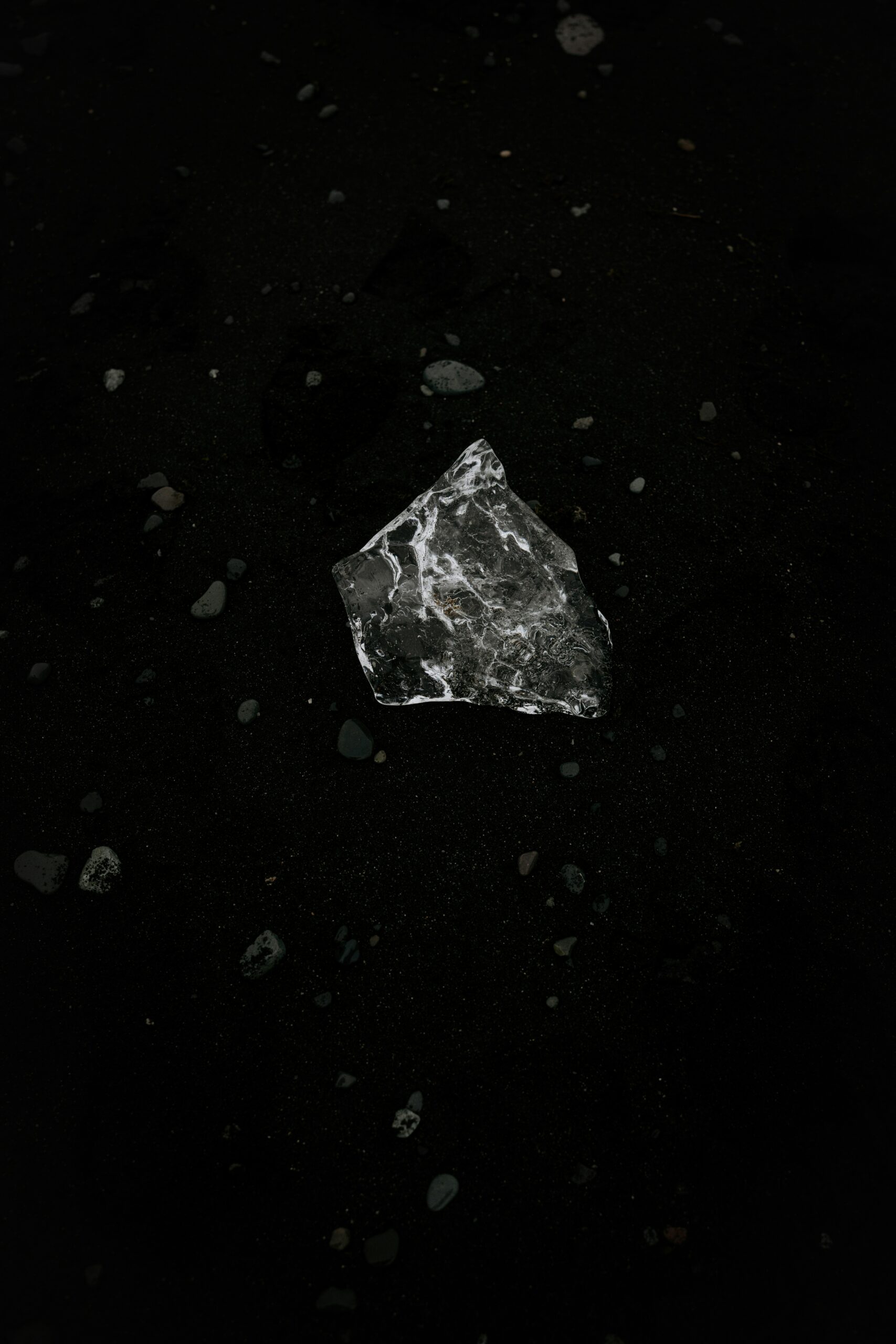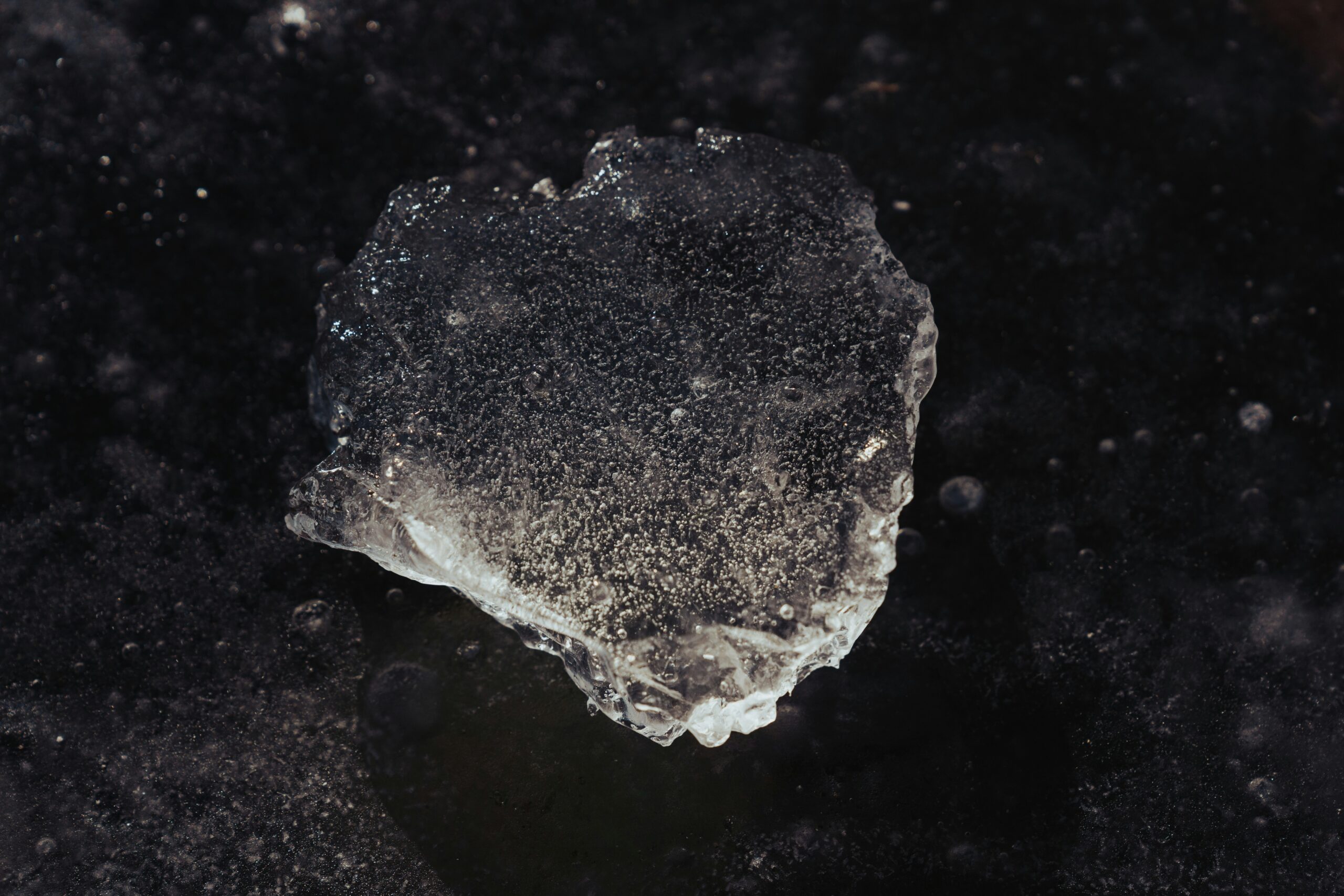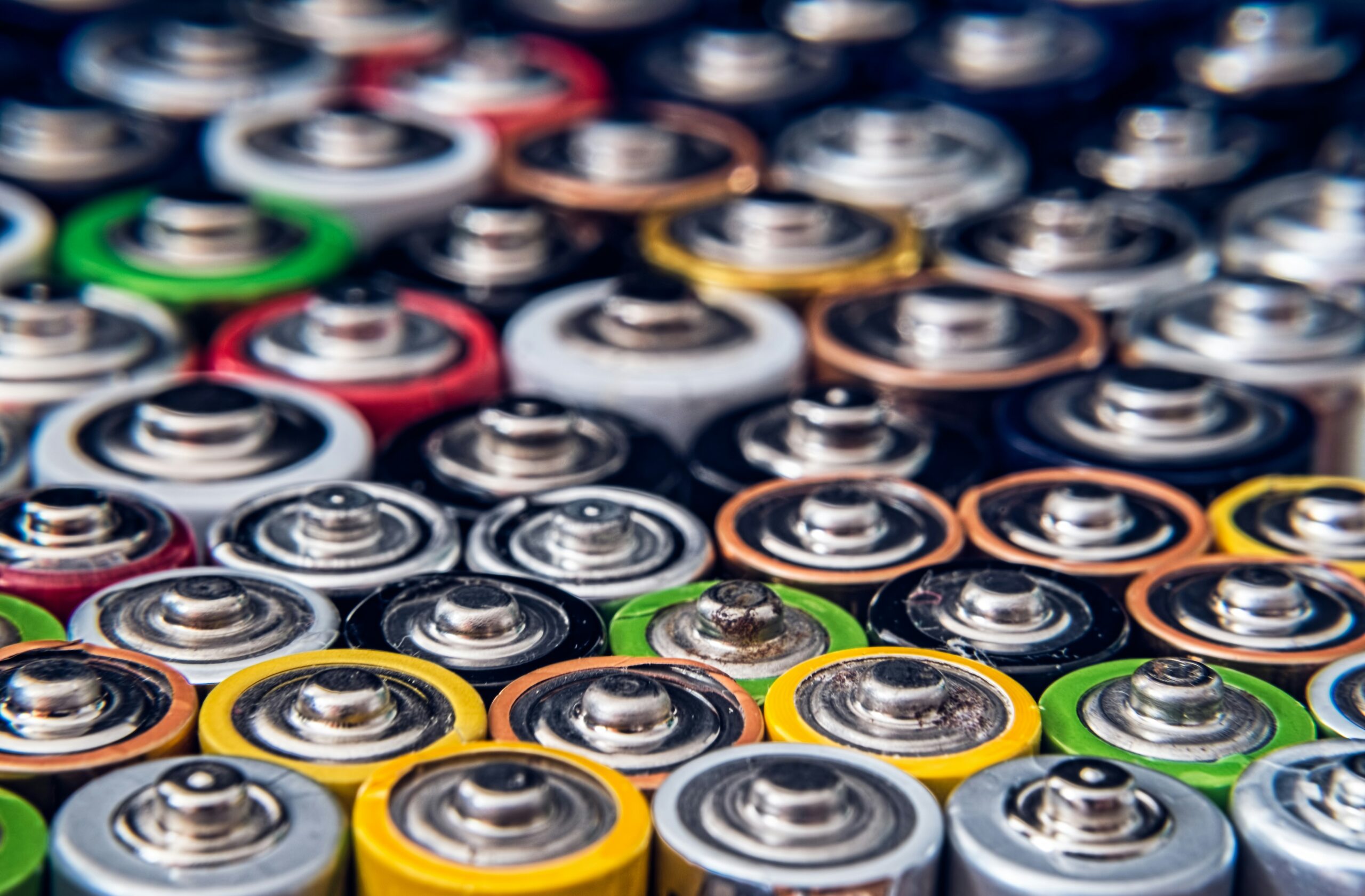Services
Providing the beautiful spaces in the best places.
Lithium: Essential Element for Modern Innovation
The lithium atom is the smallest metal atom in the periodic table. It is the lightest and most reactive of the alkali metals—floating on water while reacting vigorously with it to produce lithium hydroxide and hydrogen gas.

Discovery of lithium
Lithium was first identified in 1817, during a golden age of element discovery. In 1800, Brazilian scientist José Bonifácio de Andrada e Silva (1763–1838) discovered two new minerals—petalite and spodumene—on the Swedish island of Utö. However, it wasn't until 1817 that Swedish chemist Johan August Arfvedson (1792–1841), working in the laboratory of the renowned Baron Jöns Jacob Berzelius (1779–1848), successfully resolved the unexplained anomalies in the analysis of these minerals.
Arfvedson identified a sulfate that did not contain any of the known alkali or alkaline earth metals, leading to the discovery of a new element. It was named lithium, derived from the Greek word lithos, meaning “stone.” This discovery filled another gap in the periodic table.
Due to its high reactivity, metallic lithium is not found freely in nature. However, lithium is present in trace amounts across a wide range of natural sources—including minerals, brines, clays, and seawater. The Earth’s crust contains about 20 parts per million (ppm) of lithium (0.0020%), while seawater typically holds around 0.18 ppm (0.000018%).

Lithium minerals
Lithium Minerals and Pegmatite Deposits
Lithium minerals are primarily found in granitic pegmatites—coarse-grained igneous rocks composed mainly of quartz, feldspar, and mica. Within these rocks, lithium-bearing minerals such as spodumene occur as accessory components. Pegmatites rich in lithium are typically highly zoned, with lithium minerals concentrated toward the central zone, while other associated minerals like tantalum, tin, and beryl tend to be located at the outer margins.
The primary lithium-bearing minerals in pegmatites include spodumene, petalite, lepidolite, amblygonite/montebrasite, and eucryptite. Lithium concentrations in these pegmatites generally range from 1% to over 4% Li₂O. Among these, spodumene is the most commercially significant due to its relatively high lithium content, large deposit sizes, and ease of processing. It remained the dominant source for lithium carbonate production until the mid-1990s. Petalite and lepidolite are also mined in economically viable quantities.
Currently, Western Australia, China, and Zimbabwe are the leading producers and processors of these hard rock lithium minerals.

Lithium brines
Other Sources and Future Potential
Efforts to extract lithium from seawater, geothermal brines, and oilfield brines are ongoing but remain technically and economically challenging due to low lithium concentrations. Although underground brines and seawater hold vast total quantities of lithium, their low concentrations limit current commercial viability.
Lithium-bearing pegmatites have also been identified and mined in France, India, Mozambique, Sweden, and Ukraine, though detailed reserve data is limited. However, rising global demand and higher lithium prices have spurred renewed exploration and evaluation efforts. As a result, global lithium reserve estimates are likely to be revised upward in the future.

Battery applications
Lithium Applications and Battery Demand
Lithium is a highly versatile element that can be processed into various chemical compounds, including lithium carbonate, lithium bromide, lithium chloride, butyl lithium, and lithium hydroxide. Of all its applications, the fastest growing and largest market globally is the use of lithium in batteries.
Global Impact and Future Growth
Governments worldwide are supporting vehicle electrification to address climate change and energy security. As mass production of EVs accelerates, so does the demand for lithium, positioning it as a critical resource for the clean energy transition.

